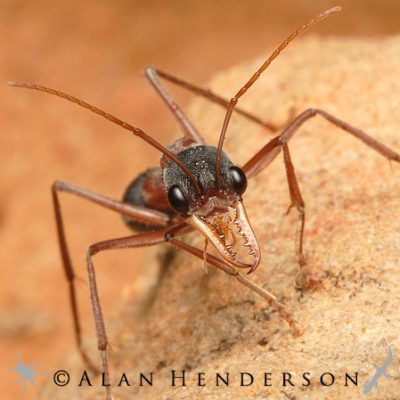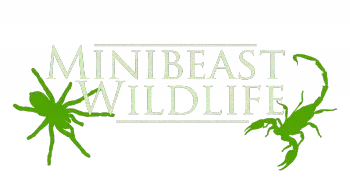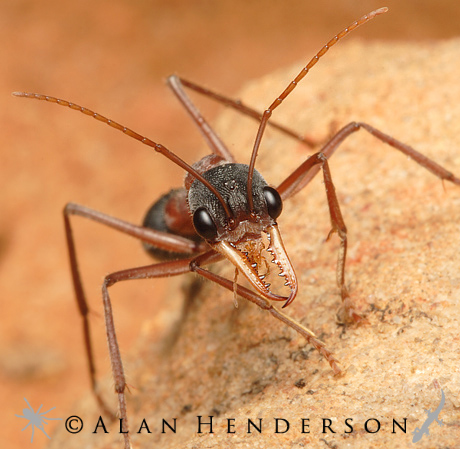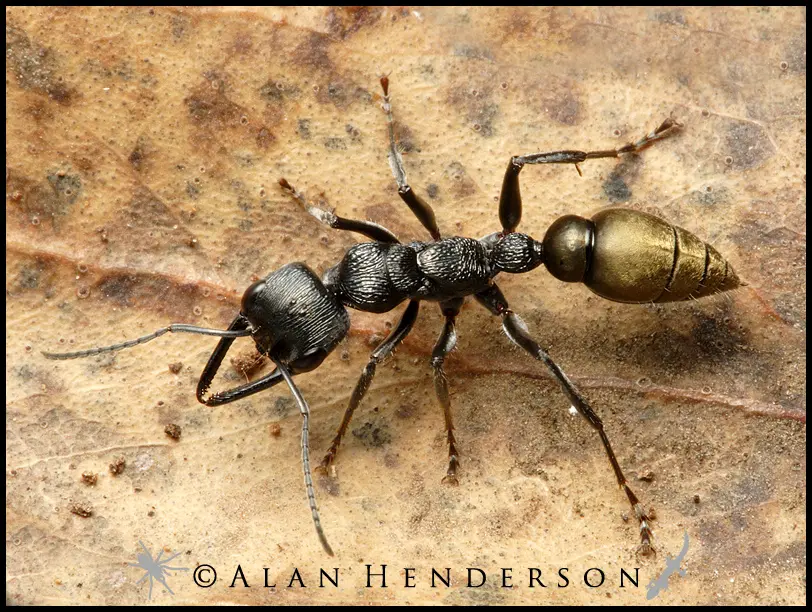AUSTRALIAN INVERTEBRATES
BULL ANTS
Australian Bull ants Myrmecia spp., are one of the most spectacular ants in the world. As far as ants go, bullants are the giants. They are the largest ants in Australia, with only a few species which rival them in other parts of the world.



